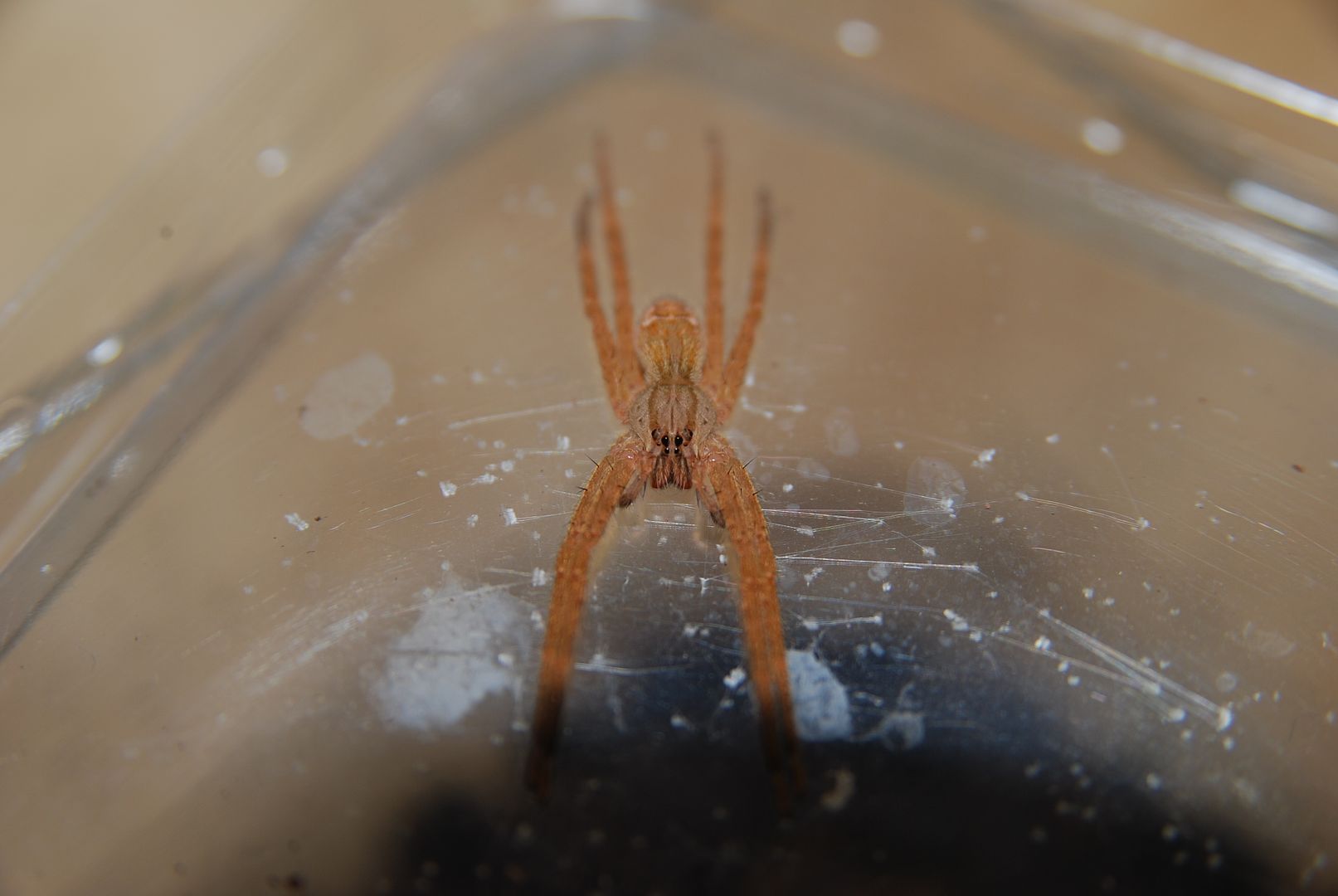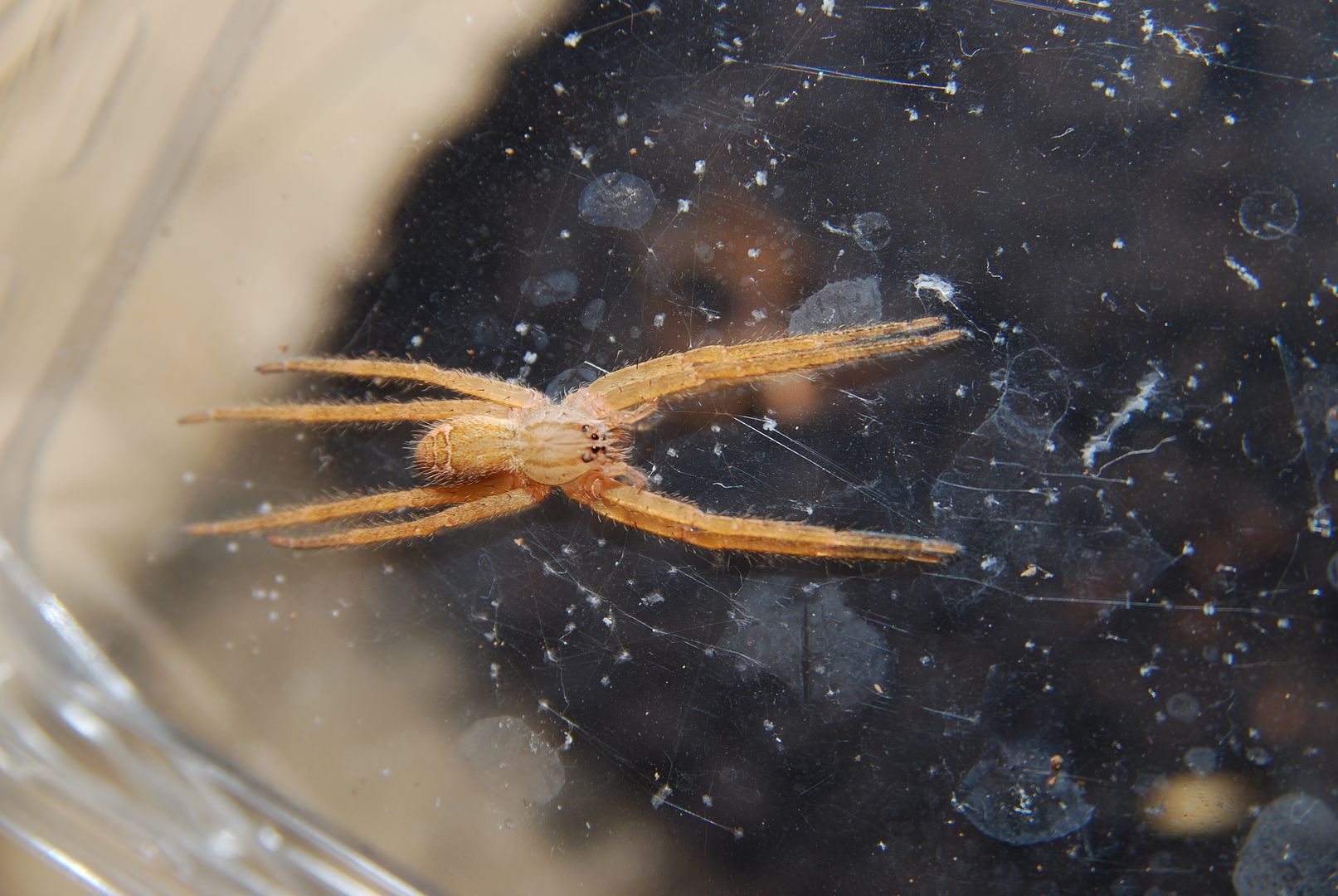Toff202
Arachnoknight
- Joined
- Feb 10, 2016
- Messages
- 201
Ancylometes bogotensis "Colombia"




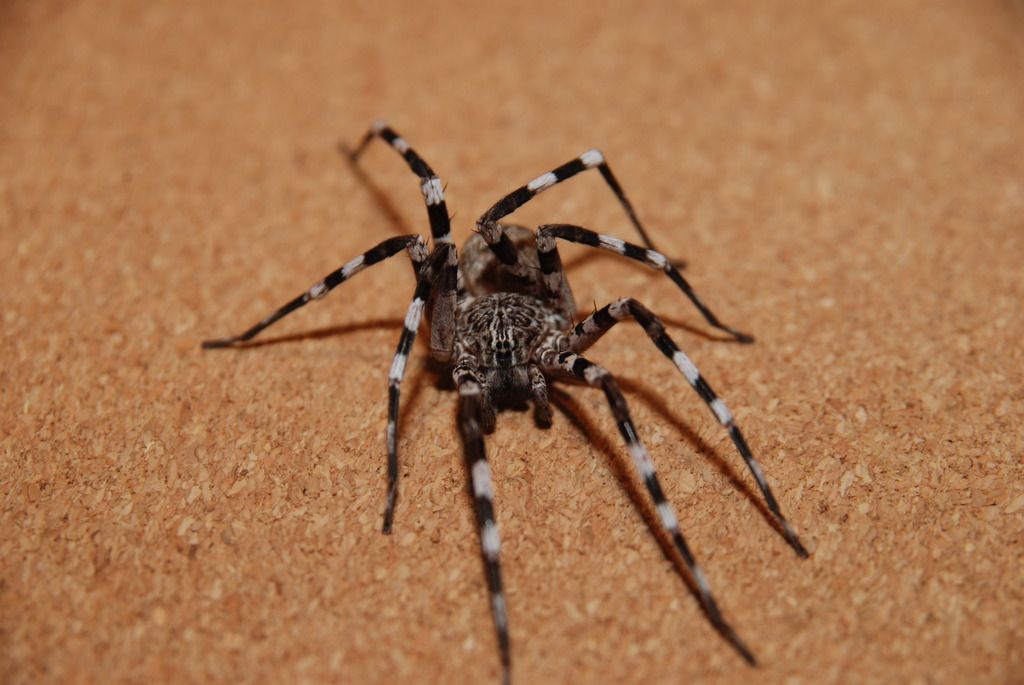
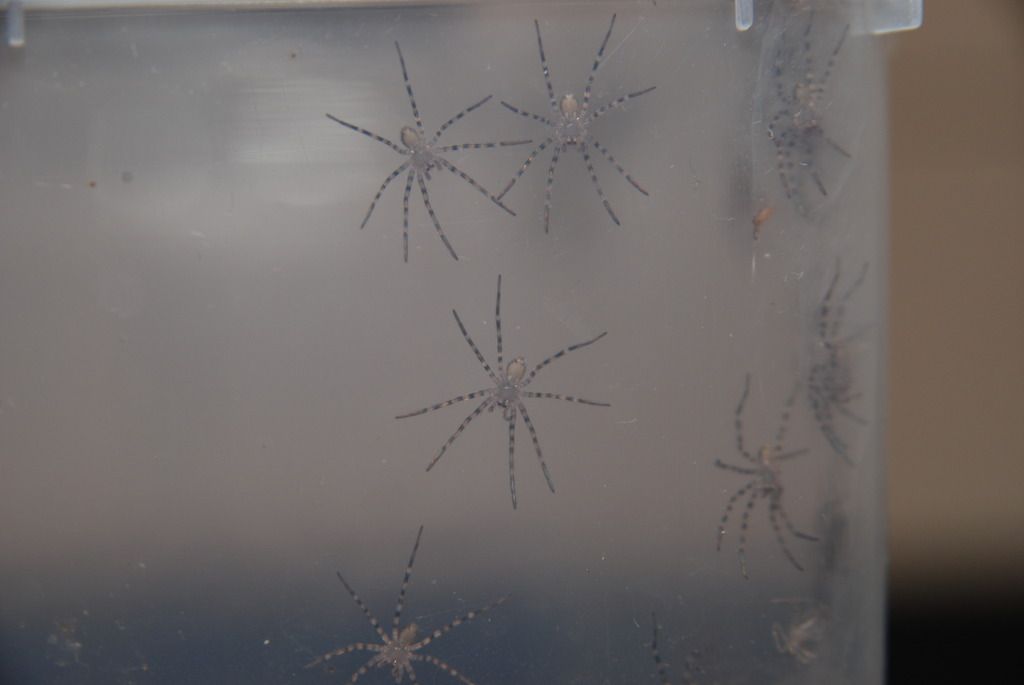
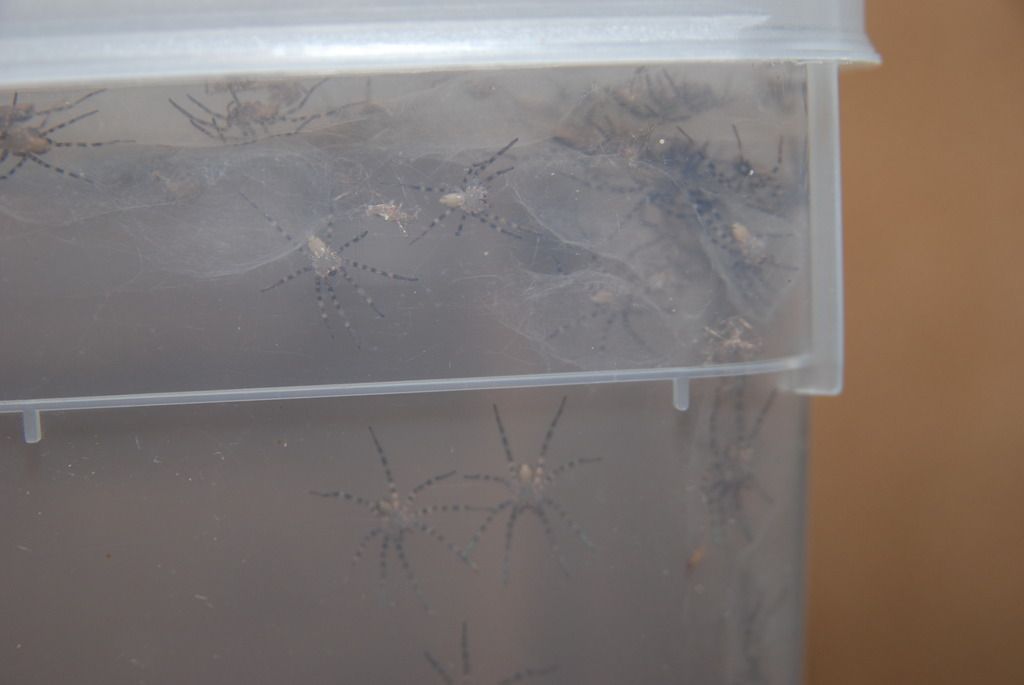
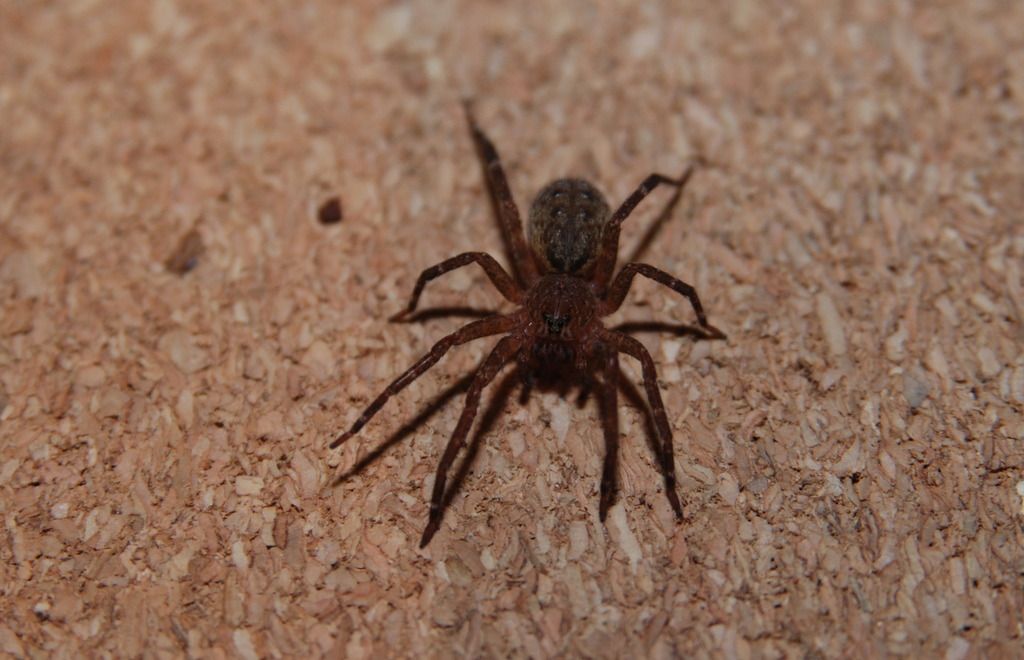
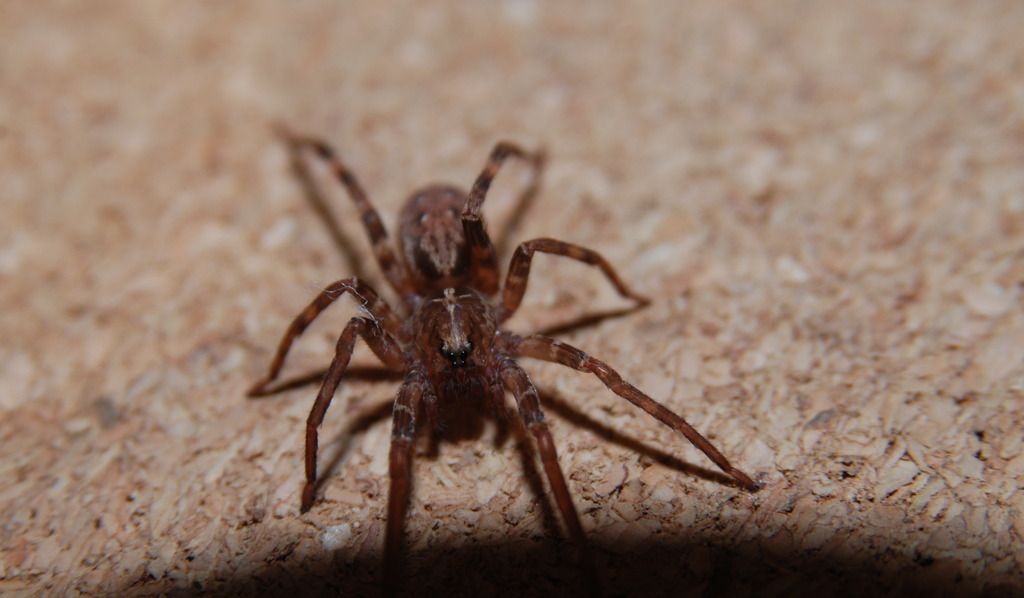
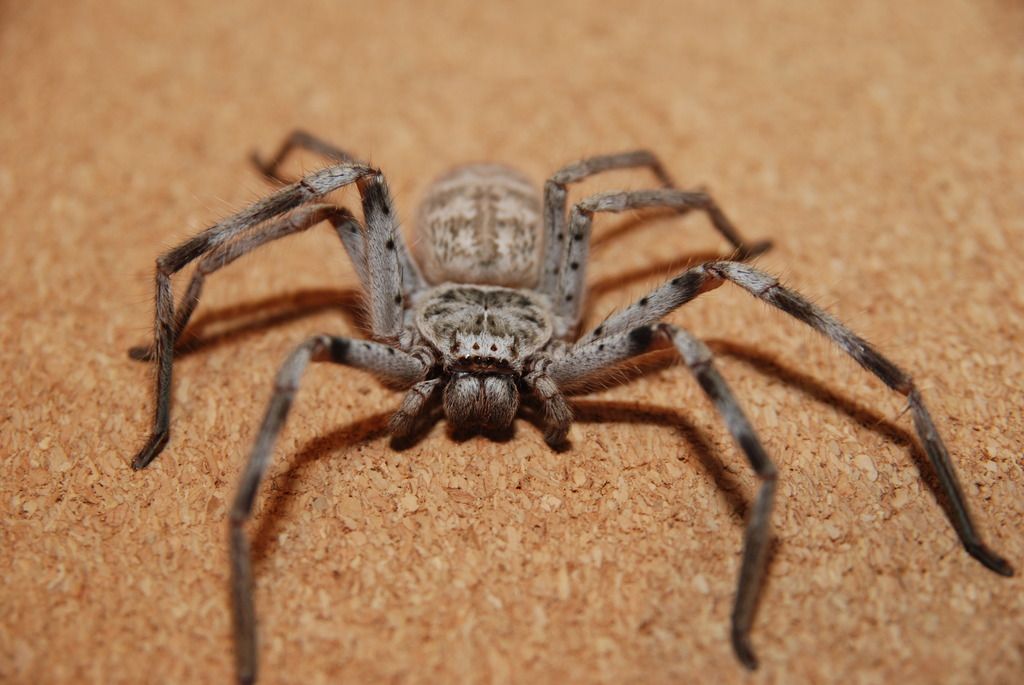

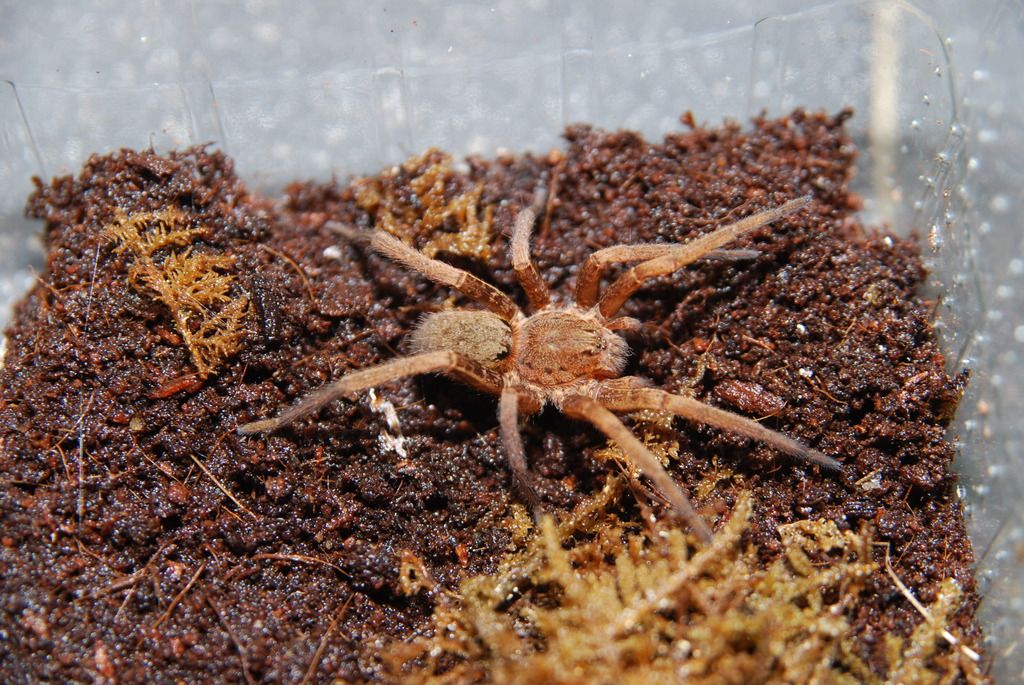
Thanks! I've only kept Ctenidae and Sparassidae for about four months, so I can't tell from my own experience. From what I've heard, females tend to live about 2-3 years and males about 1-1,5 years, if the adults aren't fed too much. So they don't live very long, unfortunately. That's mainly why I try to breed them, so I don't have to keep buying a particular species to have them in my collection. On top of that, it helps the hobbyUgh, just when I said I wouldn't get any more spiders....your photos are amazing, I love all the spiders! Question, I want to get into Ctenidae and Sparassidae, but I'm a bit hesitant because I'm not sure how long they live for. In your experience, how long do the males and females of various species tend to live for?
Thank youAmazing pictures and beautiful spiders!
Thanks! They're great, good feeding response and they're also calmer than most other Sparassidae.Awesome pictures! Making me want some Holconia!
I've only kept Heteropoda, Barylestis, and Olios, and all but Olios have proven lightning fast haha. I wasn't sure how the insignis would be.Thanks! They're great, good feeding response and they're also calmer than most other Sparassidae.
I only keep Heteropoda, Cebrennus and Holconia, and the Heteropoda are a lot more nervous than the other two. From what I've seen, I think Holconia is comparable with Olios in how calm they are.I've only kept Heteropoda, Barylestis, and Olios, and all but Olios have proven lightning fast haha. I wasn't sure how the insignis would be.
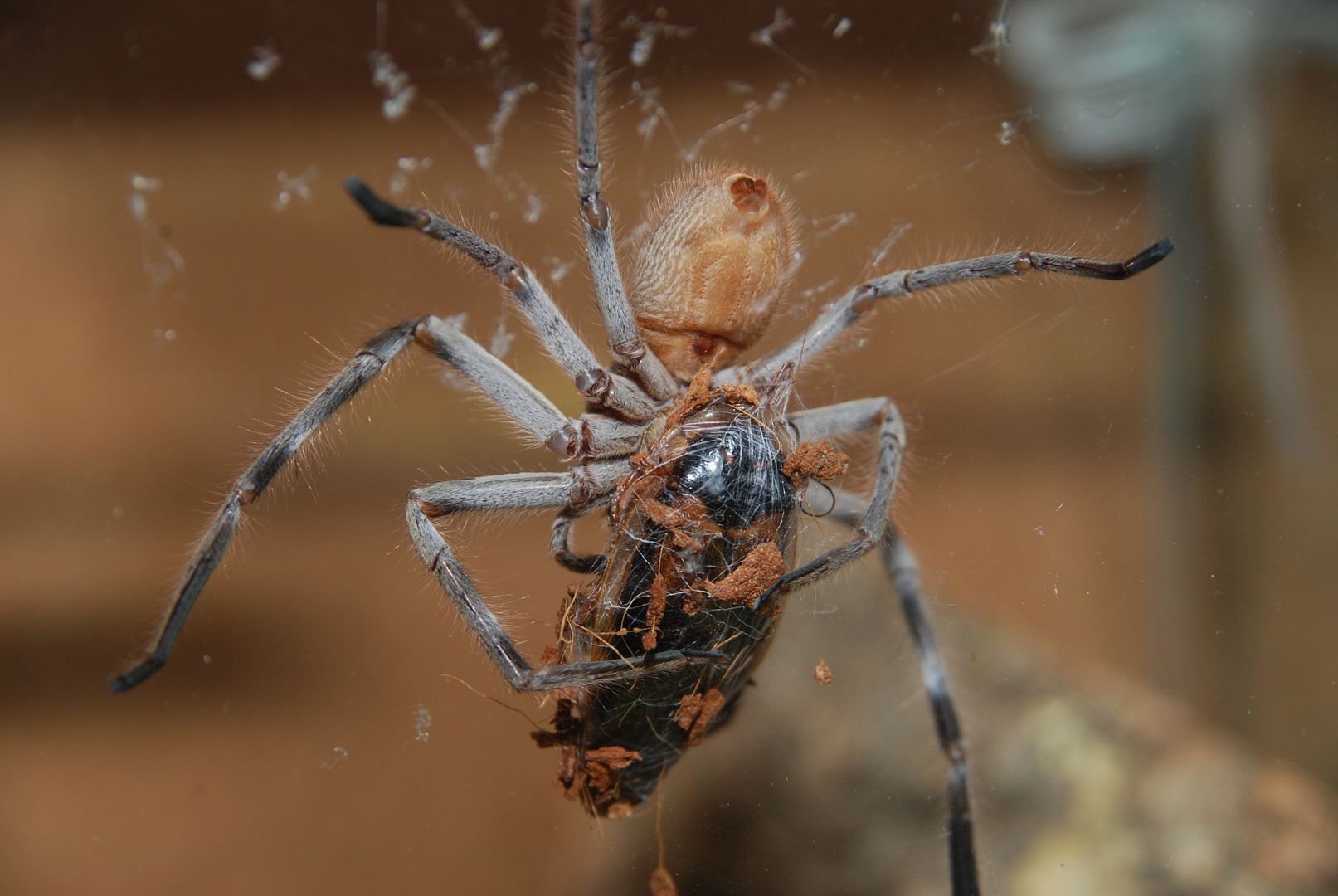


Somehow I posted this two times.0.1 Holconia insignis (I'm feeding her well in preparation of a pairing)

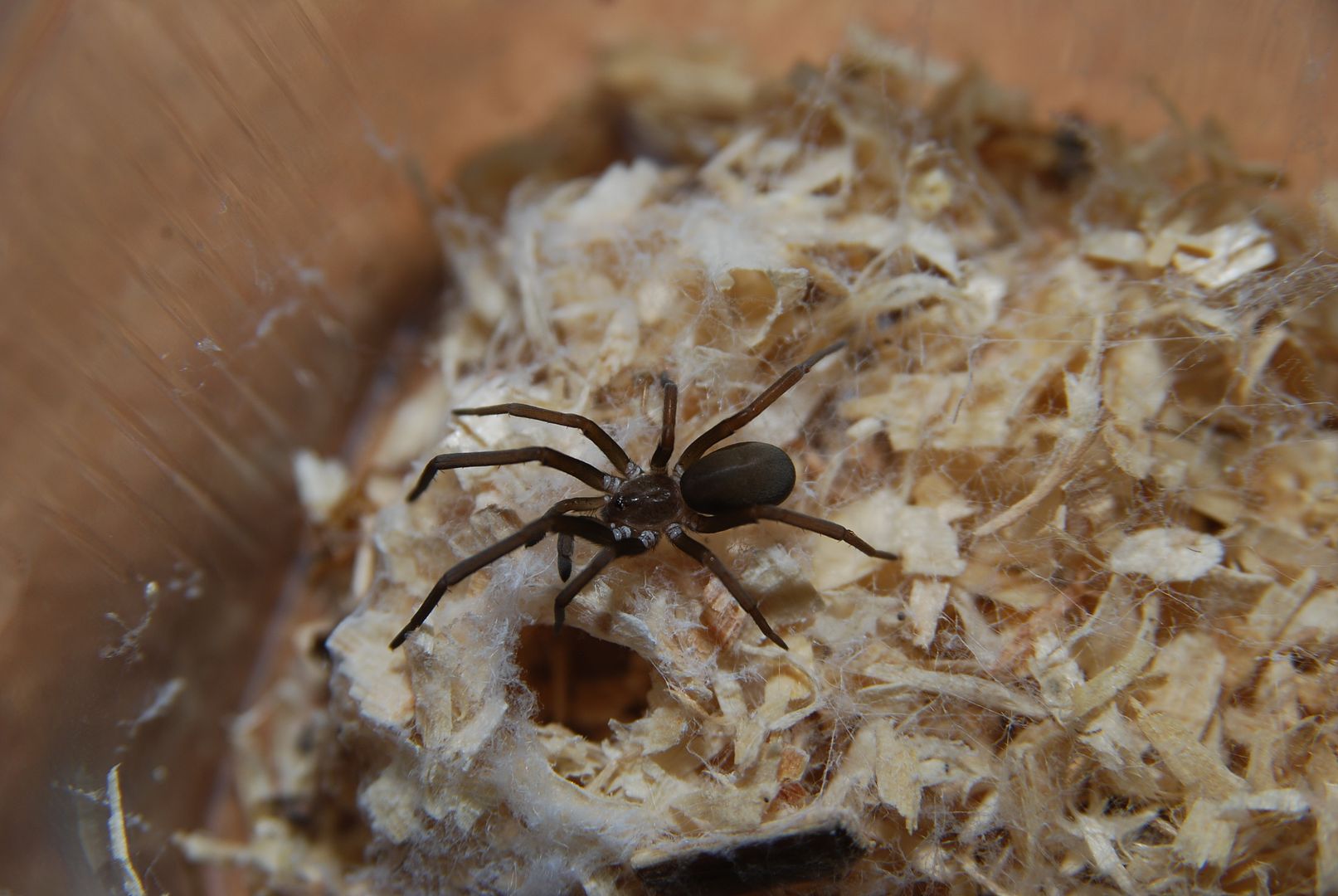
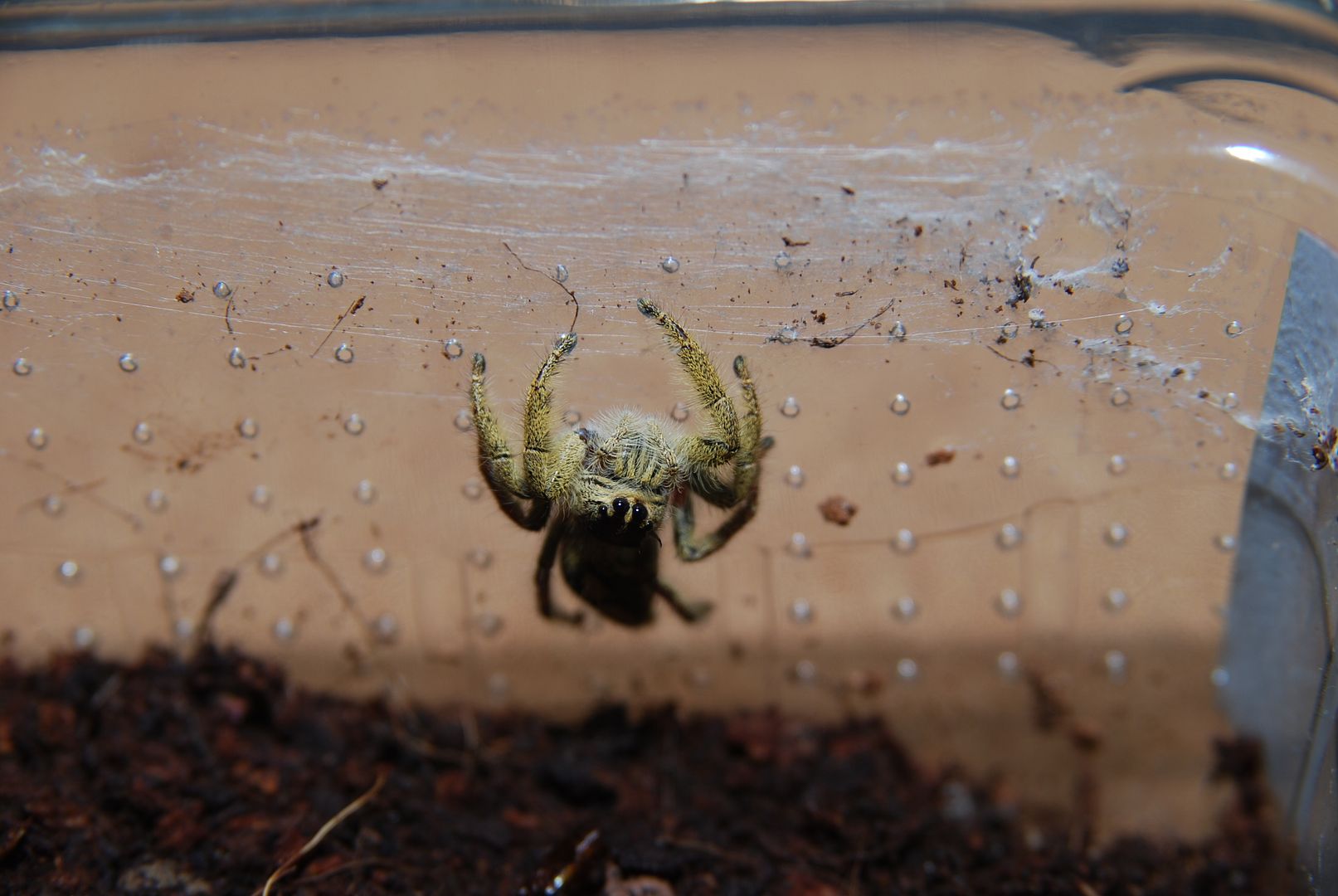
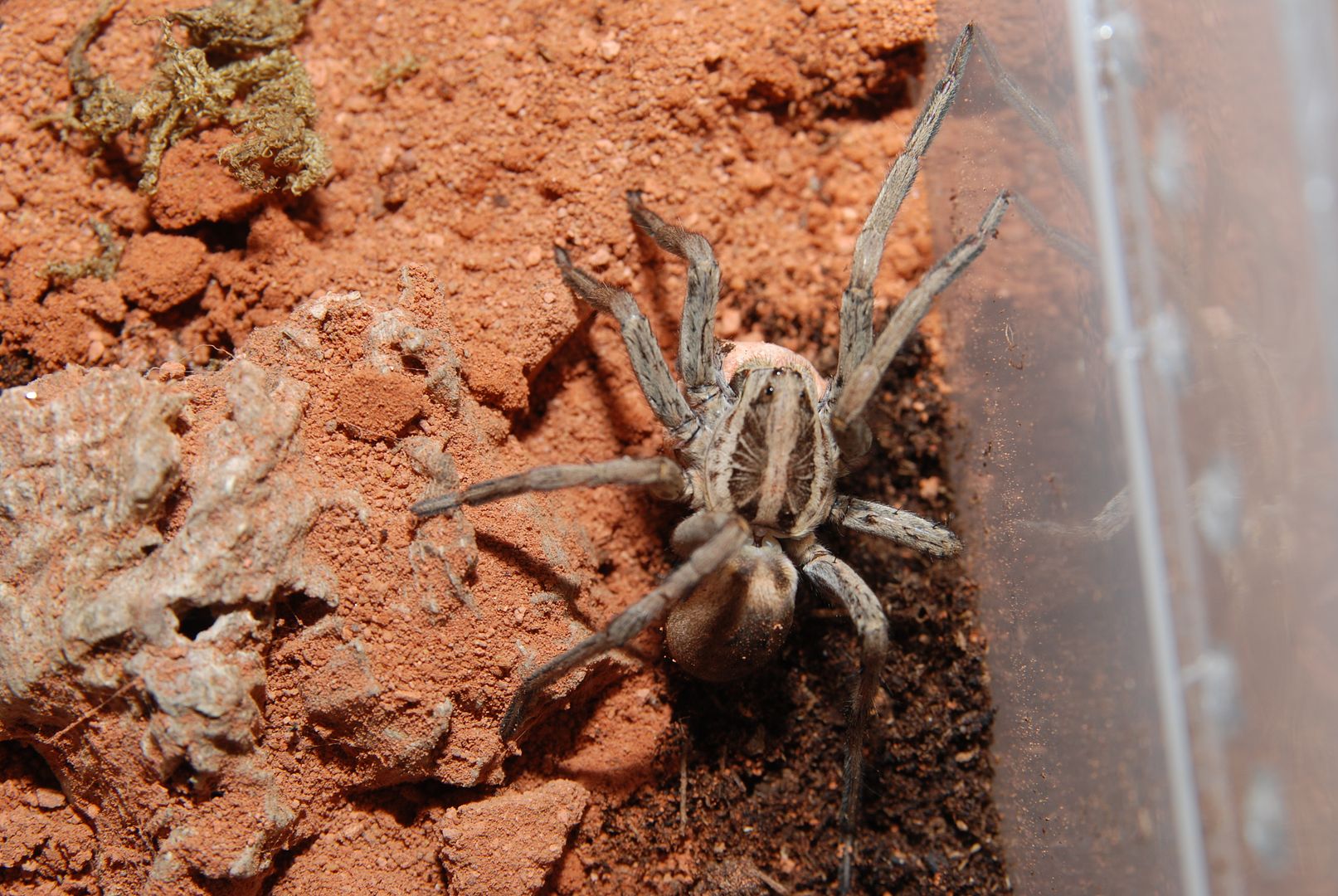
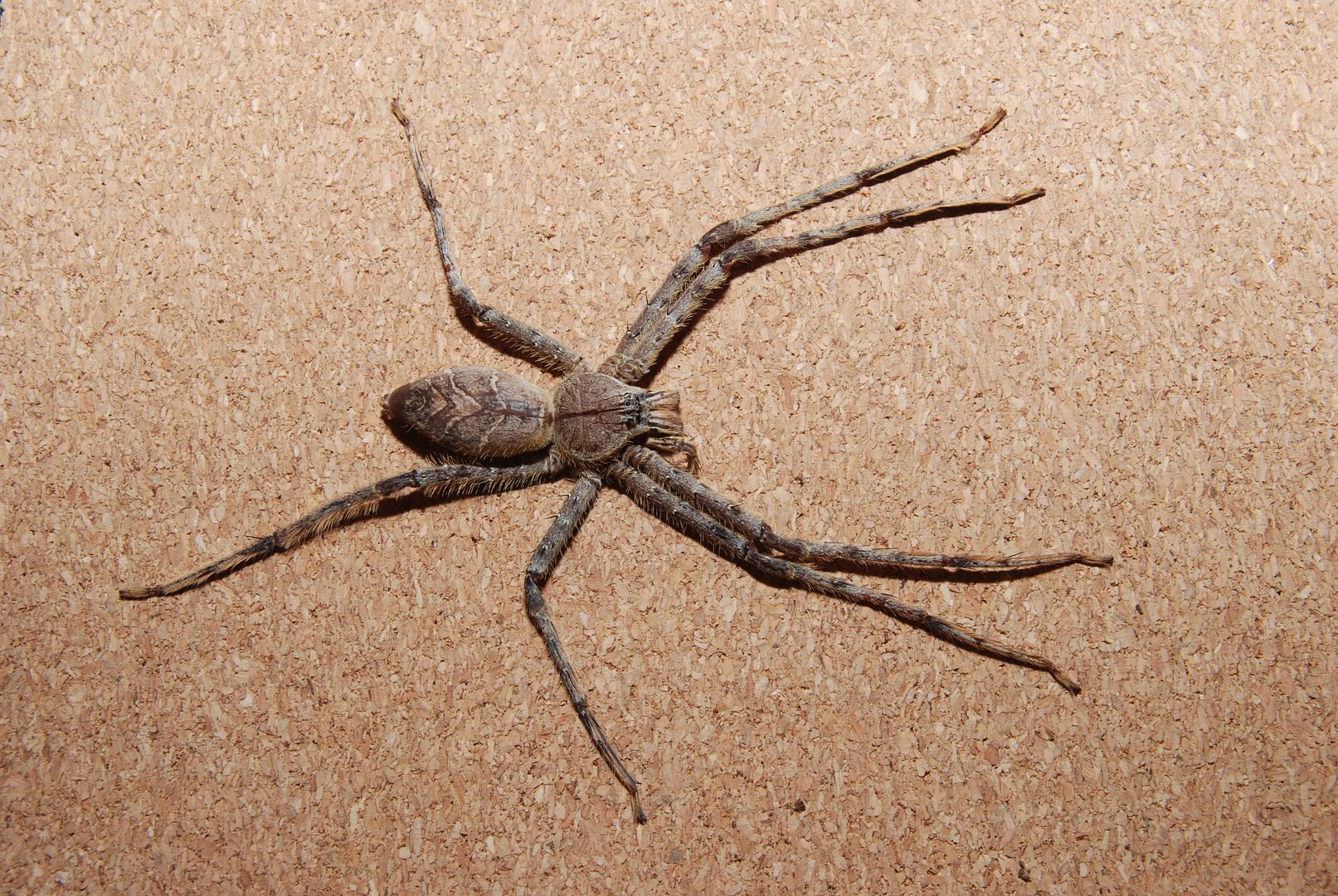

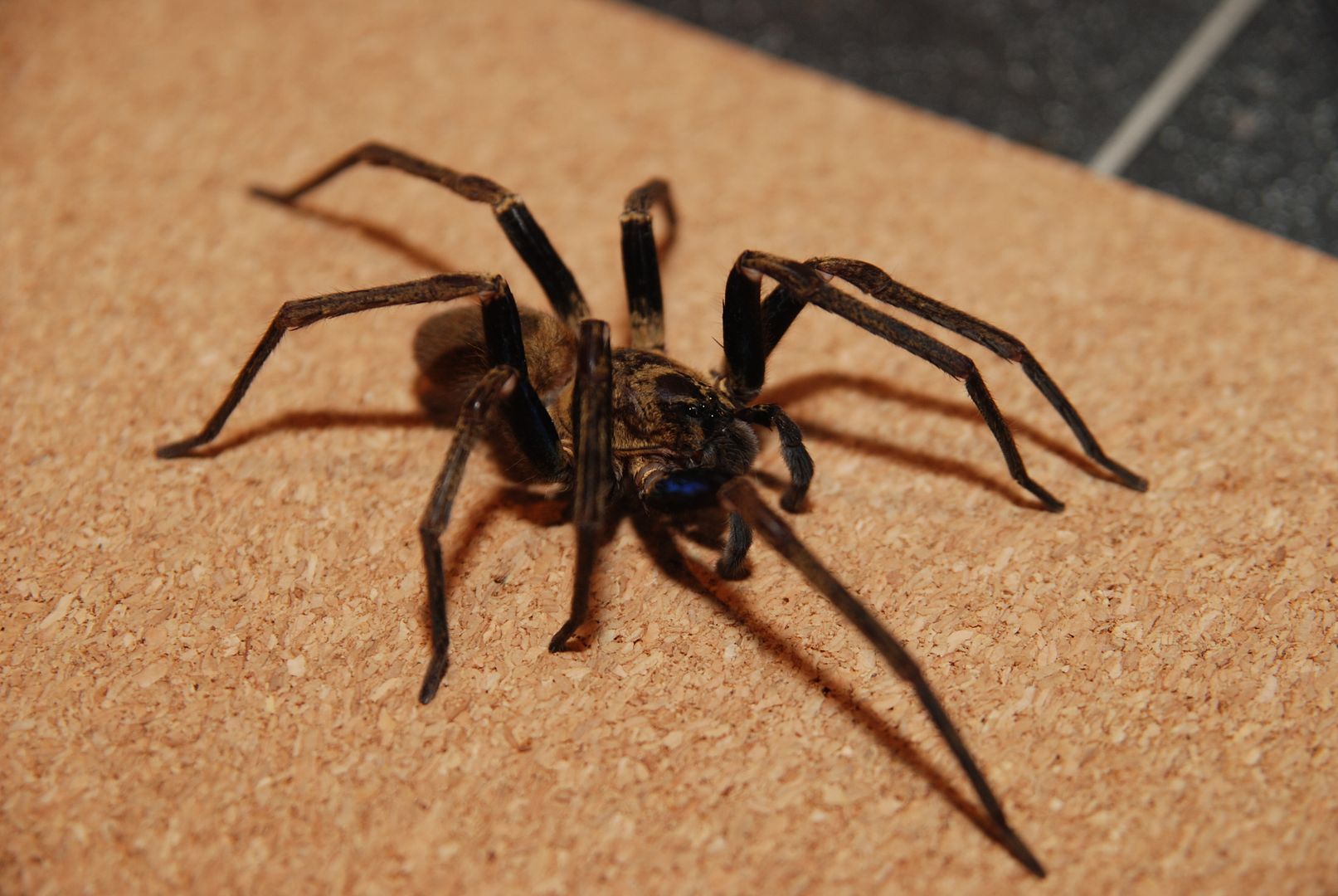
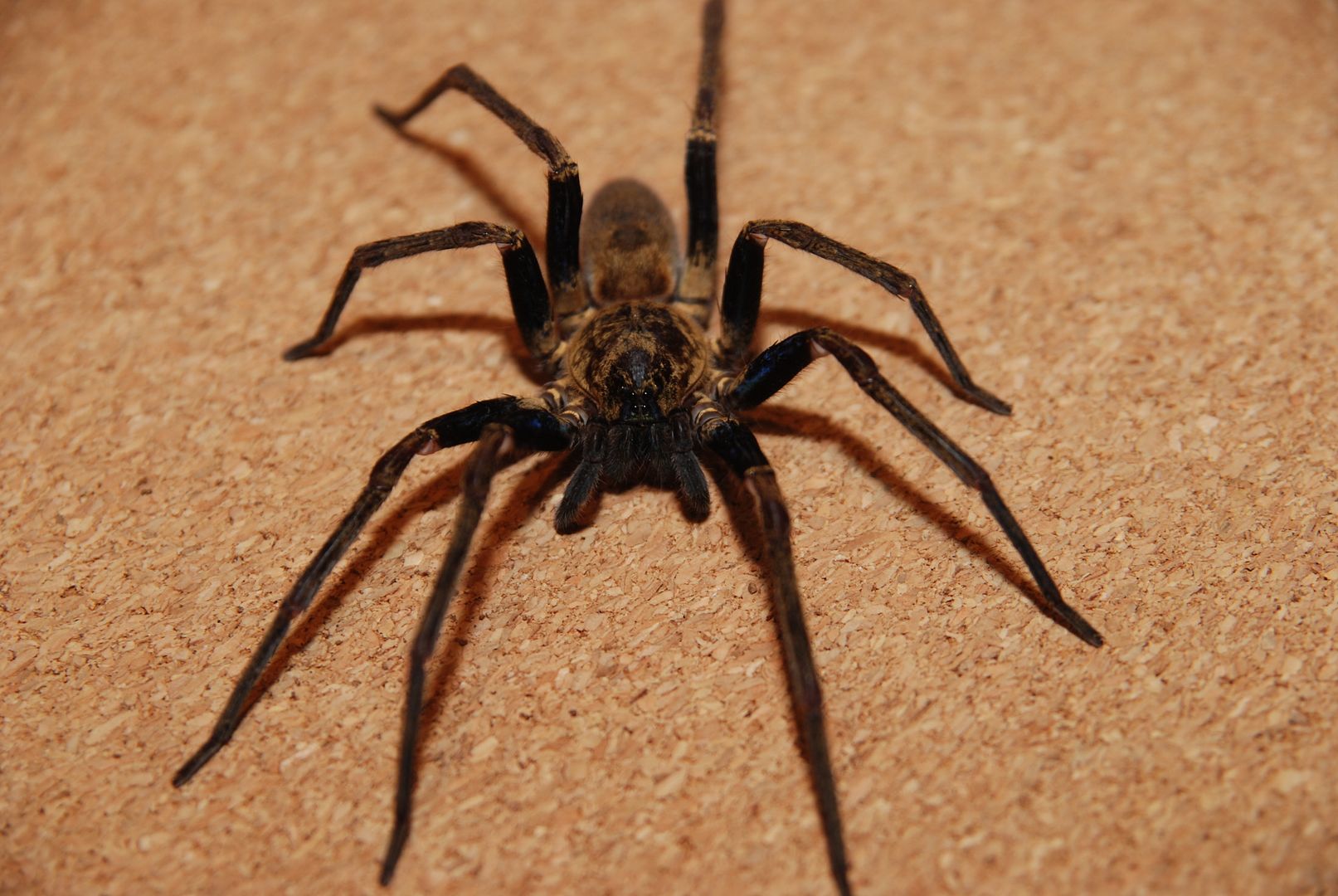
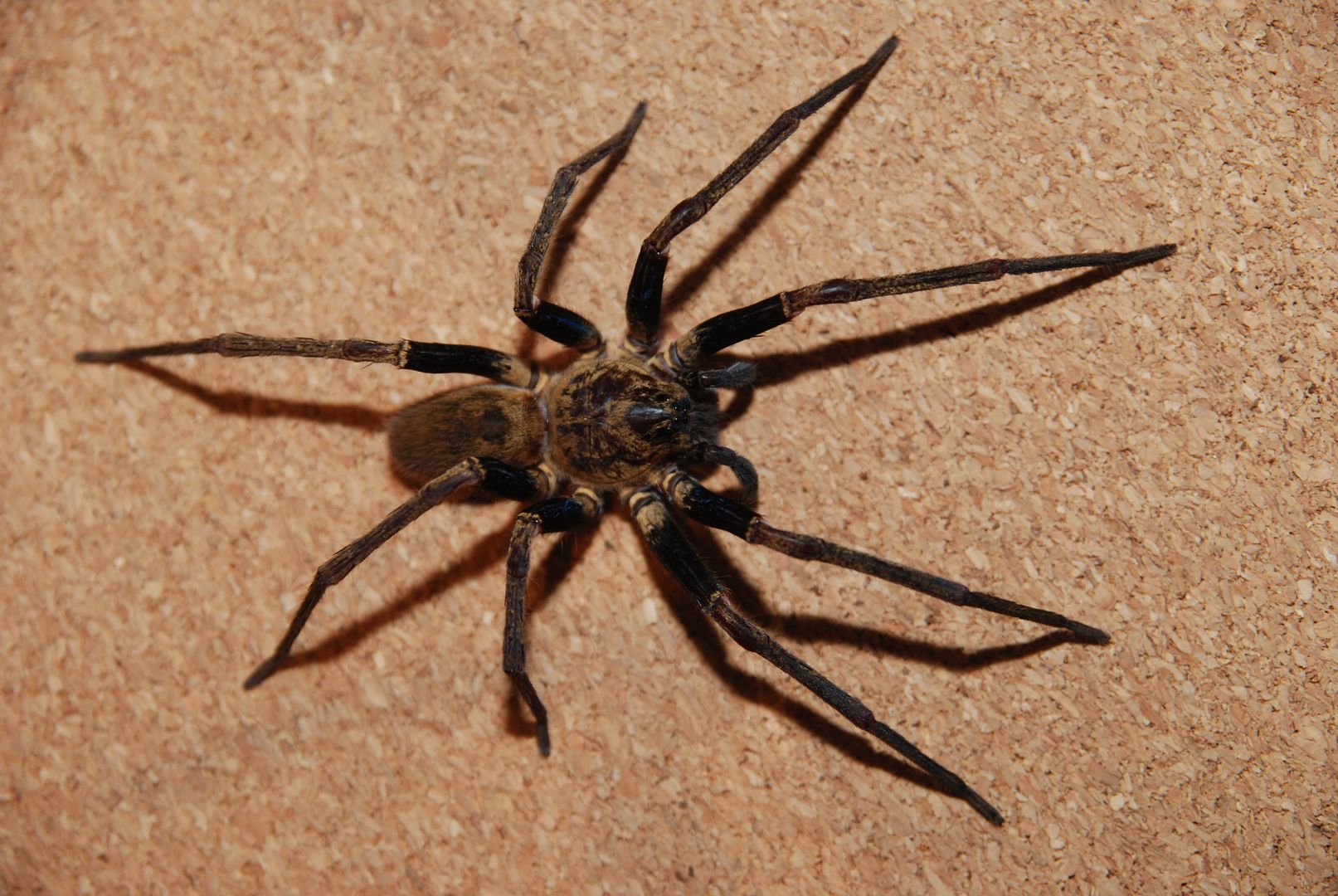
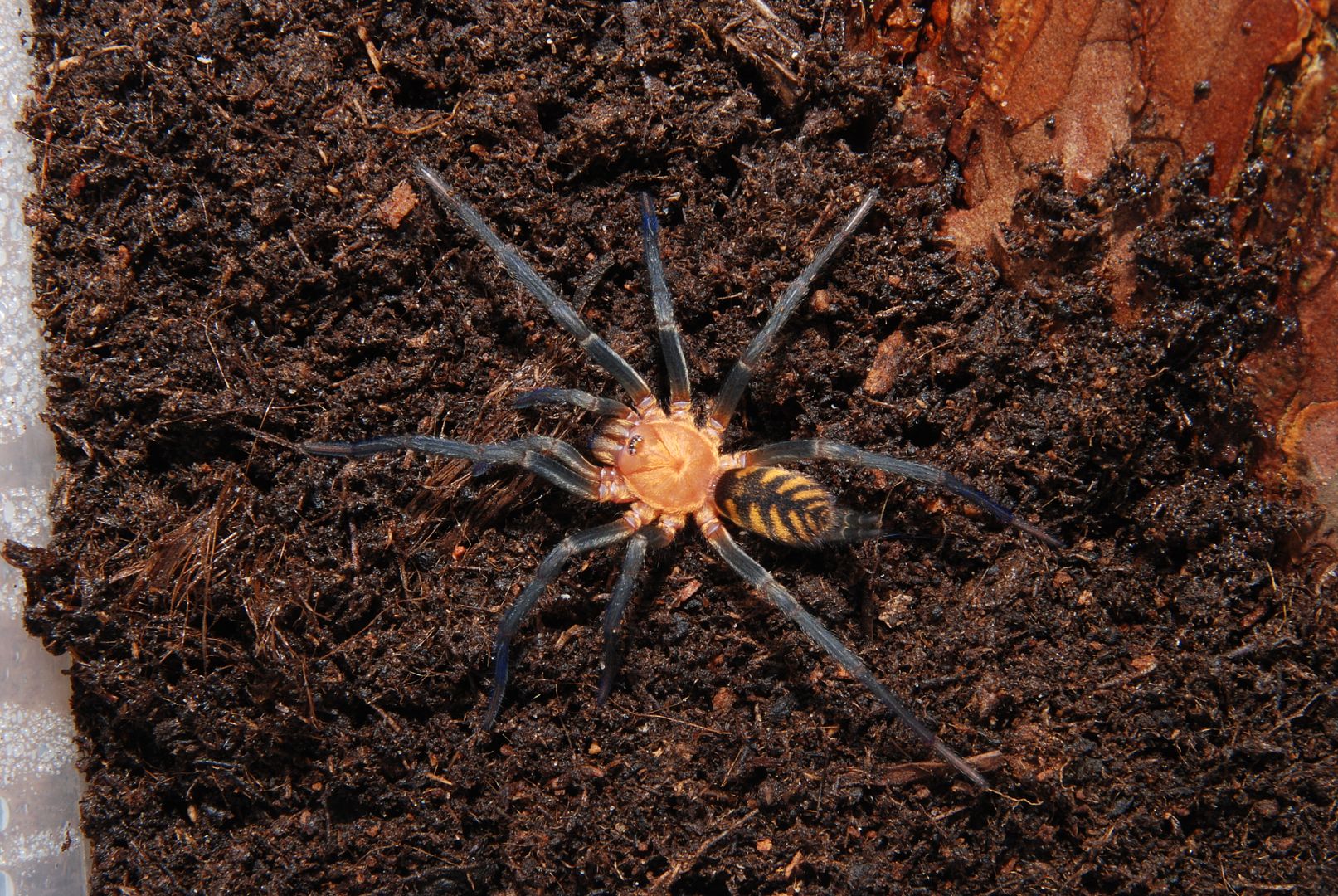

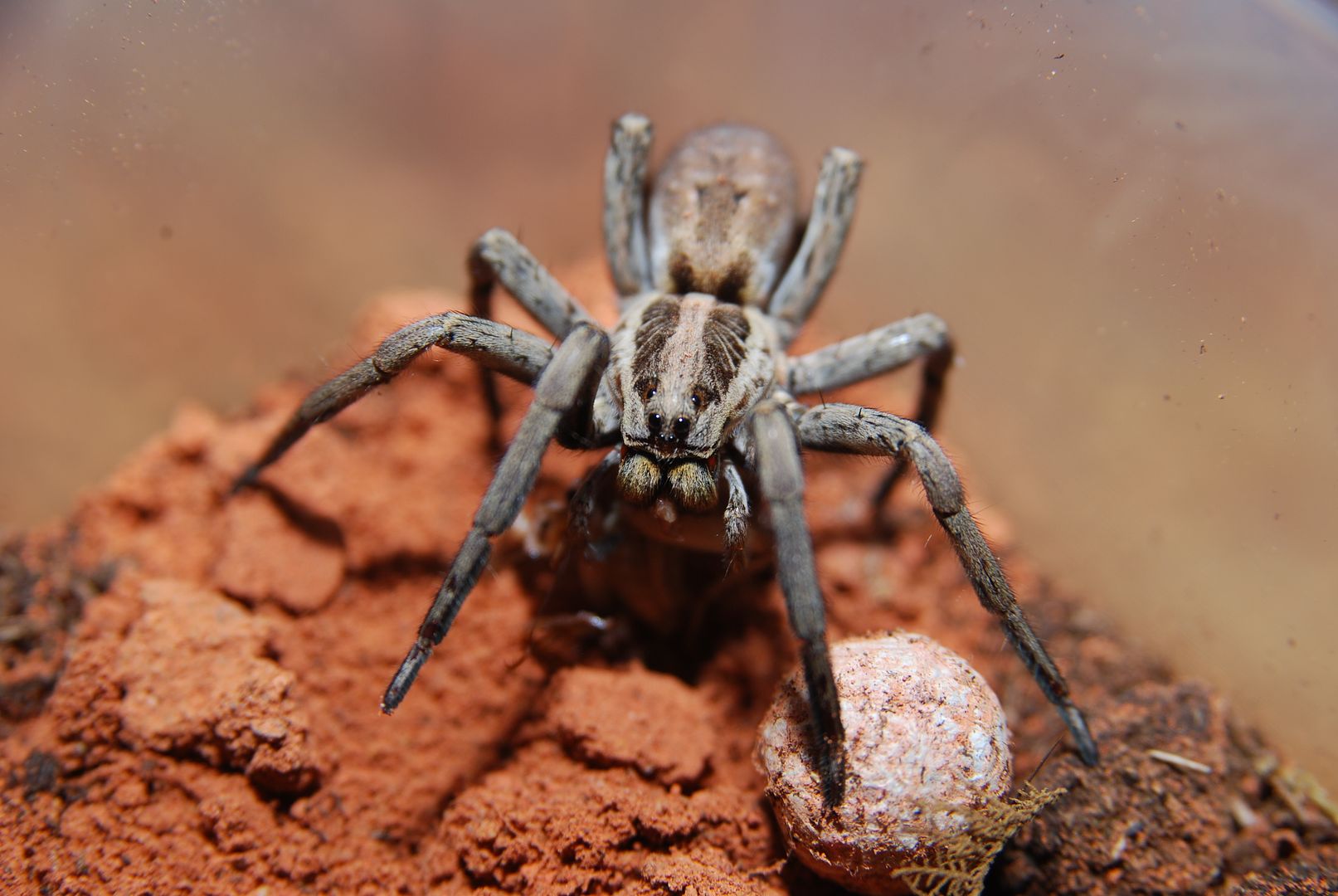
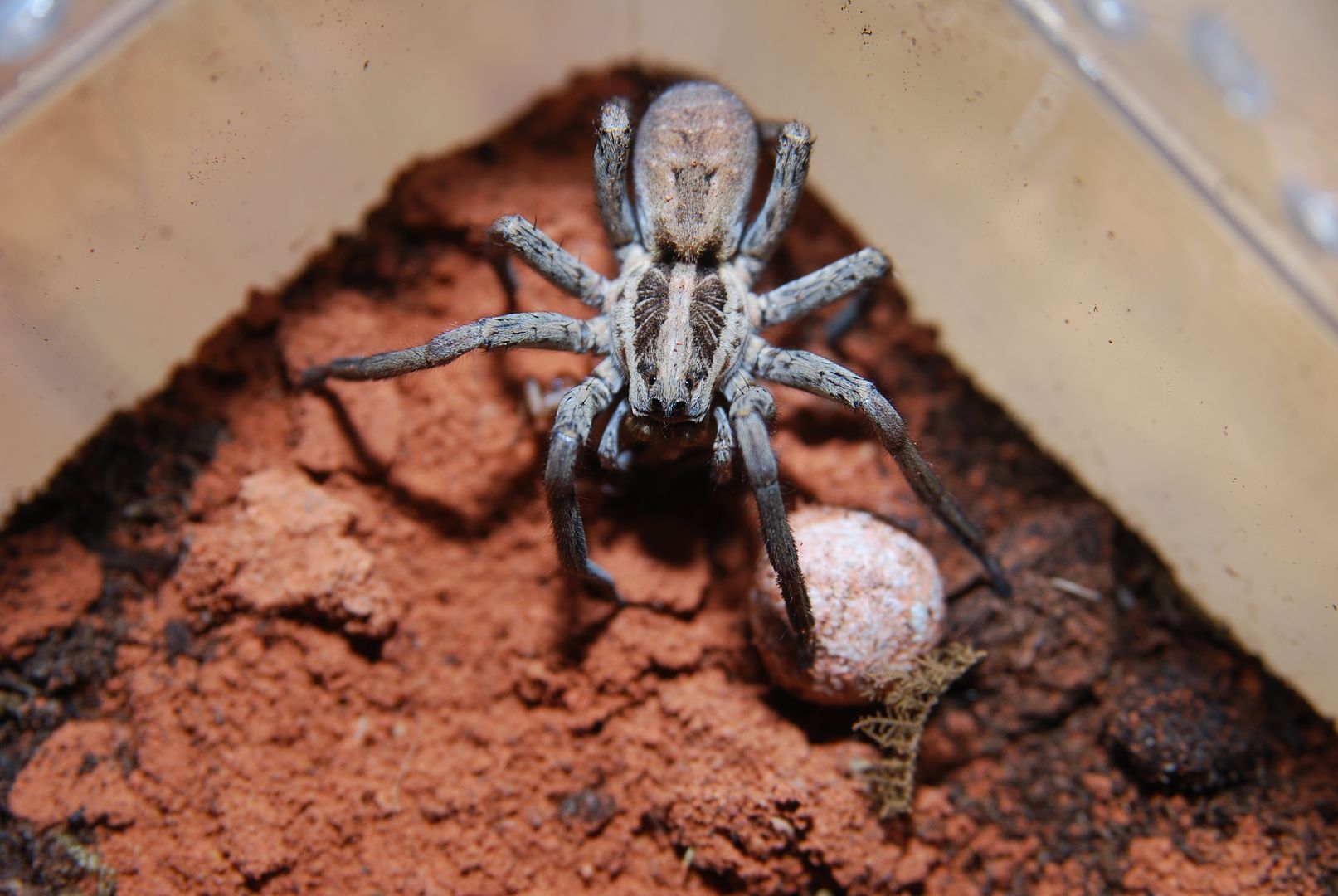
Yes, that's how it was sold to me. I was doubting it was really L. tarantula, but I just labeled it as it was sold. And I was wondering why it's not burrowingGreat specimens as usual Toff.
Just a note on what you're calling Lycosa tarantula (i'm guessing thats how it was sold to you).
Unfortunately, that is a female of Hogna radiata, so called "false tarantula". As opposed to the much rarer Lycosa tarantula, this species is extremely common in the Mediterranean area, is a wanderer (not fossorial as L. tarantula) and has a much shorter lifespan.
It still is an extremely fun and reactive spider though (i still keep it every once in a while).
